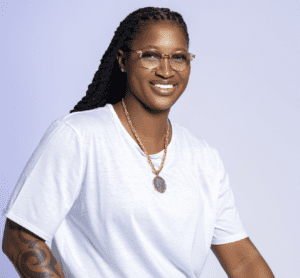
As a proud native of the Virgin Islands of the United States, I find our enchanting archipelago, nestled at the eastern boundary of U.S. territory within the expansive Caribbean region, to be a source of immense pride. Comprising St. Thomas, St. John, and St. Croix, our islands form the genesis of the Leeward Islands within the Lesser Antilles, playing a crucial role in the intricate tapestry of the Eastern Caribbean.
This profound attachment to the Eastern Caribbean can be attributed to several influential factors. First and foremost, by 1965, more than half of our workforce consisted of immigrant labor from the British islands of the Eastern Caribbean, including Anguilla, Antigua, Barbados, Dominica, Grenada, Montserrat, Nevis, St. Kitts, St. Lucia, St. Vincent, and Trinidad. These migrants brought with them a rich cultural heritage, making significant contributions to our social, economic, and political life. Elements like rounders, cricket, carnivals and festivals, culinary delights have their origins in the Eastern Caribbean, leaving a lasting imprint on our culture.
Moreover, our geographic proximity to the British Virgin Islands allowed for the seamless movement of people between our islands and our British neighbors. Historically, this close relationship resulted in a significant portion of our population having ancestral ties to the British Virgin Islands. By the time the U.S. acquired our islands in 1917, approximately 21 percent of our population had British Virgin Islands roots, with over 60 percent of St. Thomas’ current population tracing their heritage back to the British Virgin Islands. The blending and intermingling between immigrants from the British Eastern Caribbean and native Virgin Islanders occurred naturally due to shared customs, physical characteristics, language, traditions, race, and ethnicity.
Additionally, our islands share a common geological and volcanic history, a relatively dry climate with recurring droughts, and a history deeply rooted in plantation agriculture based on slavery and sugar production, closely mirroring the experiences of our Eastern Caribbean counterparts. However, it is crucial to recognize the impact of American occupation and colonial forces that have shaped our current reality. These historical forces have had a profound influence on our identity and position within the larger context of the Caribbean.
Given these strong connections with the English-speaking Caribbean, it’s unsurprising that the U.S. Virgin Islands have been significantly influenced by the wave of independence sweeping former British colonies in the Caribbean. Over the past six decades, 12 new nations have emerged, starting with Jamaica and Trinidad-Tobago in 1962, followed by Guyana and Barbados in 1966, and several others. All these newly independent nations, except for Belize, Jamaica, Guyana, and Surinam, are located in the Eastern Caribbean and share a colonial history with the British.
This wave of independence has raised a critical question for us, the U.S. Virgin Islands: should we align with our Caribbean neighbors on the path to independence, or should we continue our association with the United States? Furthermore, if we choose the latter, should we maintain our current ambiguous status within the United States, where our true American identity often goes unrecognized?
In the U.S. Virgin Islands, the issue of self-determination has gained increasing public attention. In the midst of ongoing decolonization efforts throughout the Caribbean and the United States’ portrayal as a global champion of human rights, it’s vital for us to examine what actions, if any, the United States has taken or plans to take concerning the self-determination of the U.S. Virgin Islands, which find themselves at the lowest rung of the U.S. colonial hierarchy. The question of self-determination, defined by Webster’s Dictionary as “the right of a people to decide upon its political status or form of government without outside influence,” is central to this discussion.
To explore whether self-determination is a mere ideal or a practical reality in the U.S. Virgin Islands, we must delve into our islands’ history. Understanding the past is essential for comprehending the present and envisioning the future. Hence, in this series, I seek to address the following questions:
– How has American occupation and colonial forces shaped our identity?
– Have the people of the U.S. Virgin Islands enjoyed the right to self-determination in the past?
– Do we currently possess this right?
– Will we have the opportunity to exercise self-determination in the future?
Next in this series, we will delve further into these important inquiries, seeking to unravel the complex tapestry of our history and the path toward self-determination in the U.S. Virgin Islands.


